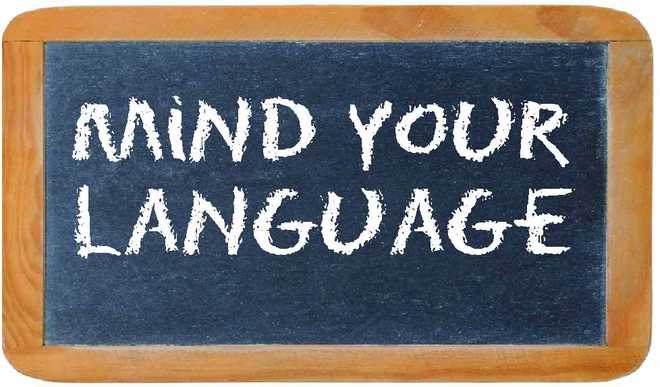THE word ‘hooligan’ came into existence only in the last years of the 19th centiury. It possibly derives from a fictionalised rowdy Irish family in a music hall song popular in the 1890s. London police records provide written reference to a gang of youth called ‘The Hooligans’. A murder by a member of this gang introduced this word in the popular press, wherein it quickly became an adjective characterising unlawful, violent and brutal behaviour.
The book Hooligan Nights (1899) by Clarence Rook traces the origins of the word to Patrick Hooligan, an Irish thief who lived in London. Conan Doyle (Adventure of the Six Napoleans, 1904) and HG Wells (Tono-Bungay, 1909) use ‘hooliganism’ and ‘hooligan’, respectively, to describe senseless, violent behaviour. By common assent, the word hooligan indicates a person using his energies for violence, troublemaking, vandalism, rowdy behaviour, even murder. Other words synonymous with hooligan are thug, lout, hoodlum, delinquent, vandal and ruffian. The Hindi term ‘goonda’ is synonymous with it.
‘Thug’ is etymologically drawn from ‘thuggee’, referring to the activities of professional looters who traversed the Indian subcontinent in groups from the 1400 century onwards. These gangs would befriend unsuspecting travellers and then loot them, often killing them when necessary. Various Indian languages, including Hindi (thag; deceiver) have contributed the word thug to the English lexicon.
However, the practice of thugee was quelled by India’s Governor General Willam Bentick and his chief captain William Henry Sleeman in the 19th century. Possibly, Bentick and Sleeman’s success in coralling Indian thugs transferred the word fromthe landscape to the lexicon.
Political cartoonist Frederick BurrOpper’s comic strip character the ‘Happy Hooligan’ appeared in American Sunday newspapers from 1900 to 1932. Mahatma Gandhi uses the word hooligan, drawing attention to the use of violence at a public meeting that was abhorrent to his belief in ahimsa in the Young India issue of 18 December, 1920. ‘Happy Hooligan’, the well-meaning hobo, ensured that the stone-pelting Dharwad hooligans could be seen as unruly dissenting citizens. Soviet UN delegate YakovMalik’s terming a group of anti-Soviet demonstrators in New York as hooligans (from Russian, khuligan; those who scoff at laws) in 1941 entrenched this word’s usage within political contexts.
Elsewhere in the world, hooliganism continued to be associated with the sporadic violence that broke out at football events as far back as the 1970s, although violence at sporting avenues has an older history.
In contemporary India, hooliganism is now rampant. Violent outbreaks now seem to have the tacit sanction of the state, which is meant to implement law and order. Instead rabble rousing (stir up public emotion) through belligerent statements has become the order of the day. This has unleashed hooliganism and the worst possible suppression of the rights of ordinary people. Instead of the non-violent and equal nation that we aspired to become, we are degenerating into a militarised state where self-styled vigilantes oppress, brutalise and humiliate vulnerable fellow beings, having arrogated to themselves the power of implementing the law.
Unlock Exclusive Insights with The Tribune Premium
Take your experience further with Premium access.
Thought-provoking Opinions, Expert Analysis, In-depth Insights and other Member Only Benefits
Already a Member? Sign In Now










